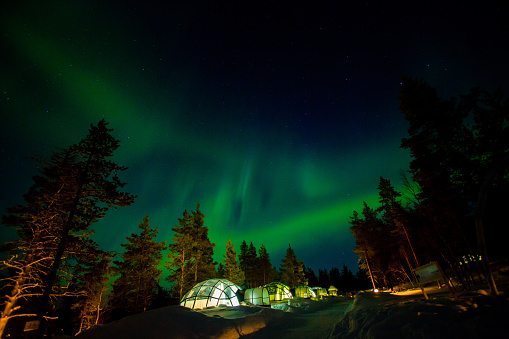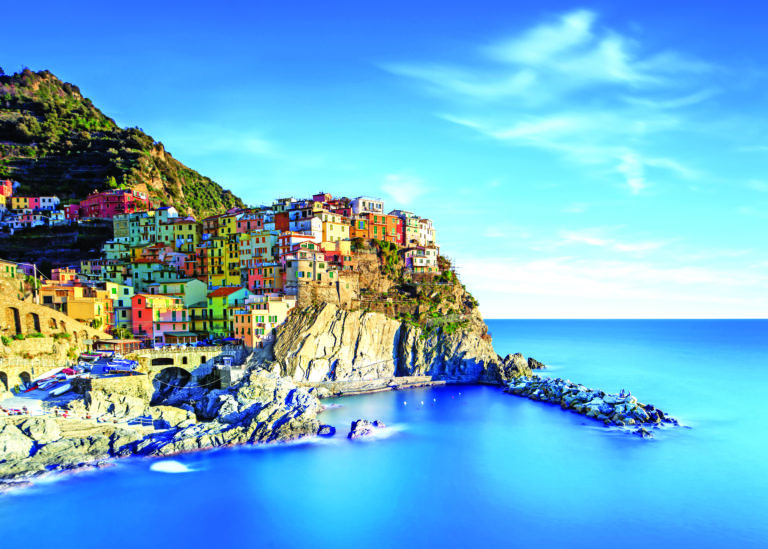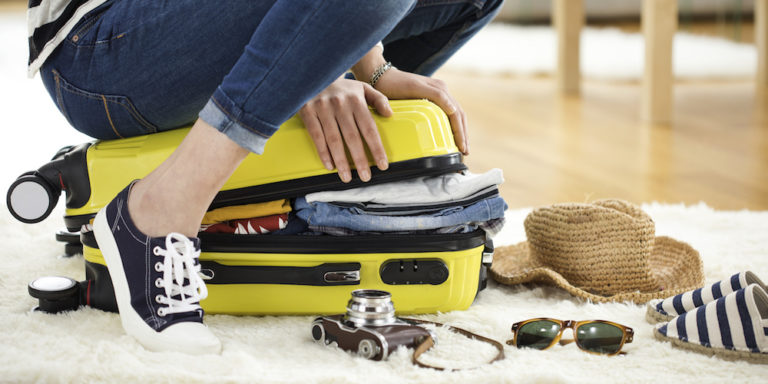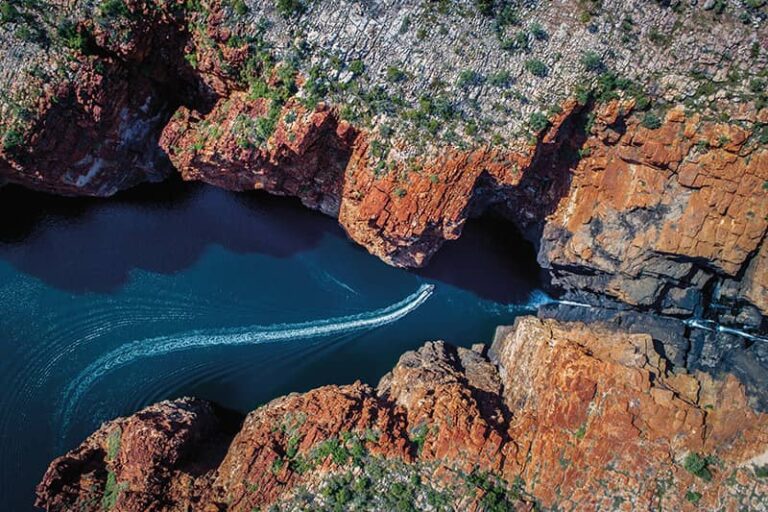At a time when more people are exploring the globe – more than 1.2 billion people travelled internationally in 2016 – it’s more important than ever to be aware of our footprint and how we treat the destinations we visit. Acknowledging the need to bring global awareness to travel and its environmental impact, the United Nations has called for global action aimed at advancing sustainable tourism. Here, we explore the latest eco-friendly places to visit and stay, plus the airlines and tour companies leading the important green tourism movement.
COOPERATING COUNTRIES
Each year, Yale’s Environmental Performance Index (EPI) ranks the top-performing countries for the environment, based on how well they have protected human health and vulnerable ecosystems. The latest report sees Finland take out the number one spot for its commitment to becoming carbon neutral, reliance on renewable energy and policies protecting land.
Iceland claimed the number two position. The country’s capital, ReykjavÍk, is on course to be zero-waste by the year 2020 and has made major investments in zero-emission public transport. Residents have embraced renewable energies, and nearly 100 per cent of hot water, heating and electricity comes from hydro and geothermal sources.
Other eco-minded destinations include Chile, where the government recently promised to transform about 4.5 million hectares of land into protected national parkland; the Vatican City and Bhutan, both of which have achieved carbon neutrality; and Costa Rica, where close to 100 per cent of electricity is generated from hydro-electric power, wind farms and geothermal energy.
BEST-PRACTISING HOTELS
A growing number of hotels are making modest commitments towards the environment: reusing towels and sheets and installing low-flow showerheads. Others are making sustainability their main attraction. The URBN hotel in Shanghai is China’s first carbon-neutral accommodation. Set in a converted warehouse, the property was built using reclaimed and locally sourced materials; there’s a strong focus on recycling, as well as energy efficient lighting and cooling systems.
Tasmania’s Saffire Freycinet is dedicated to minimising its ecological footprint, installing energy-efficient water and lighting systems and natural cycle airflow systems. The landscape has not been forgotten, with gardeners working to ensure native plants are thriving. In the Swiss Alps, the Whitepod Eco Resort features low-impact sleeping pods that only use renewable resources wherever possible. And in Sri Lanka, on the outskirts of Colombo, the Tri hotel comes with green roofs, solar panels and a rainwater system.
EARTH-FRIENDLY TOURS
Intrepid Travel offers more than 1000 group tours a year, and all are fully carbon neutral. The company uses local transportation and locally owned accommodations, and donates money to carbon-offset programmes. In fact, this year, the company will introduce 65 new carbon-offset tours. Luxury tour operator Abercrombie & Kent is also incorporating sustainability on select trips. On its 11-day Iceland itinerary, for example, guests stay in an eco-friendly hotel, tour one of the largest geothermal power plants in the world and visit a sustainable geothermal greenhouse.
In Australia, Small World Journeys offers intimate trips across the country, limiting its environmental footprint by offsetting carbon emissions, planting a tree for every person who books a trip, and donating five per cent of profits to conservation organisations.
SUSTAINABILITY IN THE AIR
An increasing number of airlines – including Qantas, Lufthansa, Finnair and American Airlines – are investing in aircraft that burn less fuel, making them more cost-efficient. Low-cost American carrier JetBlue recently purchased 1.25 trillion litres of biofuel, made from organic matter, including agricultural products, with the goal of significantly reducing greenhouse gas emissions.
And together with Air France, KLM aims to reduce emissions by about 454,000 tonnes by the year 2020, which amounts to around 20 per cent of its total. Air New Zealand launched its Sustainability Programme in 2015, with a number of goals, including: carbon reduction, improving waste management, sustainable building, supporting biodiversity programmes and transitioning to an electric ground fleet.







